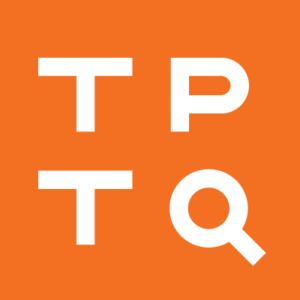Designing Endangered Scripts, Part V: Tapiwanashe S. Garikayi
 Welcome to the fourth monthly Endangered Alphabets feature about calligraphy and type design–in indigenous and minority writing systems.
Welcome to the fourth monthly Endangered Alphabets feature about calligraphy and type design–in indigenous and minority writing systems.
Here’s the point. If a script exists only in historical documents, engravings, and inscriptions, it is all too easy to assume it is no longer in use, and the culture that created it has also been lost.
But if that script can still be seen, and what’s more, if it can be seen in new, interesting and creative forms, it’s a sign of life, energy, passion, commitment. It not only shows that unfamiliar script to the world in striking and memorable ways, it shows the user community that their traditional writing is still alive, and they have not been forgotten. Of course, communities also feel connected to their scripts because they are deeply familiar, so a designer or calligrapher has to walk a fine line between ancient and modern!
My aim with this monthly feature is to present the work of calligraphers and type designers who are bringing imagination and energy to endangered alphabets, by researching, understanding and acknowledging their traditions, but also adding the expressiveness and individuality that is one of the features of a living script.
This month’s designer is Tapiwanashe S. Garikayi, who is based in Victoria Falls, Zimbabwe. He designs fonts for indigenous African scripts, using African motifs and colors from outside the realm of conventional type. In particular he has been working with the Mwangwego script, created for Malawian languages such as Chichewa and Kyandonde by Nolence Mwangwego, just across the border in Malawi.

As a designer, I strive to develop work that speaks to both me and others about the beauty (runako) that exists in Afrikan societies. In my design process, instead of jumping on to the internet to research, I look around my surroundings getting inspiration from nature and everything I lay my eyes on. There is a lot to admire, from hut patterns, stone sculptures, wild animals, traditional musical instruments etc. Getting inspiration from all this, I breathe life into the designs (especially typefaces) so that Afrikan ideas, innovation and lifestyle are visible.
Just a few years ago I picked a particular interest in typeface design and while researching the field, I encountered Afrikan Alphabets [a seminal work on indigenous writing systems by Saki Mafundikwa]. While looking through Afrikan writing systems, my attention was drawn to the Mwangwego script, a script from Malawi.
What interested me the most is the fact that it was the first Afrikan writing system I understood very well in regards to writing ChiShona. As a designer, the letterforms are also interesting as I see some subtle abstract representations of nature in some letterforms.

The story behind the creation of the script, the why, is also something I believe & resonate with; the Latin alphabet used to write Bantu languages does not accurately represent the unique qualities of our languages. A melange of all this is the driving factor of my interest in the script.
At the moment I’m in the process of creating a font for the Mwangwego script. The process has been fairly smooth since the inventor is still alive so getting source material for the for research and letter-form construction guidance are not limiting factors. When completed, the font can be used for educational purposes and in promoting the script.
For my other font work: I’m so fascinated by Afrikan writing systems such that I incorporate them in my font designs. A great example is the Mutapa font, for which I drew inspiration from various Afrikan scripts such as the Masaba scripts to create unique alternate characters of the Latin characters.

I also take advantage of OpenType features e.g Ligatures, to communicate the philosophy of Ubuntu, an Afrikan philosophy which dwells around the “belief in a universal bond of sharing that connects all.” Hence the connected characters that depict the idea of togetherness in a community. After all, it’s not only a matter of taking visual inspiration but philosophical inspiration as well.

His most recent work includes a first design for the Bamum script of Cameroon.
His work can be seen on Twitter and Instagram.
This post is sponsored by our friends at Typotheque, Letterjuice, and Solidarity of Unbridled Labor.




